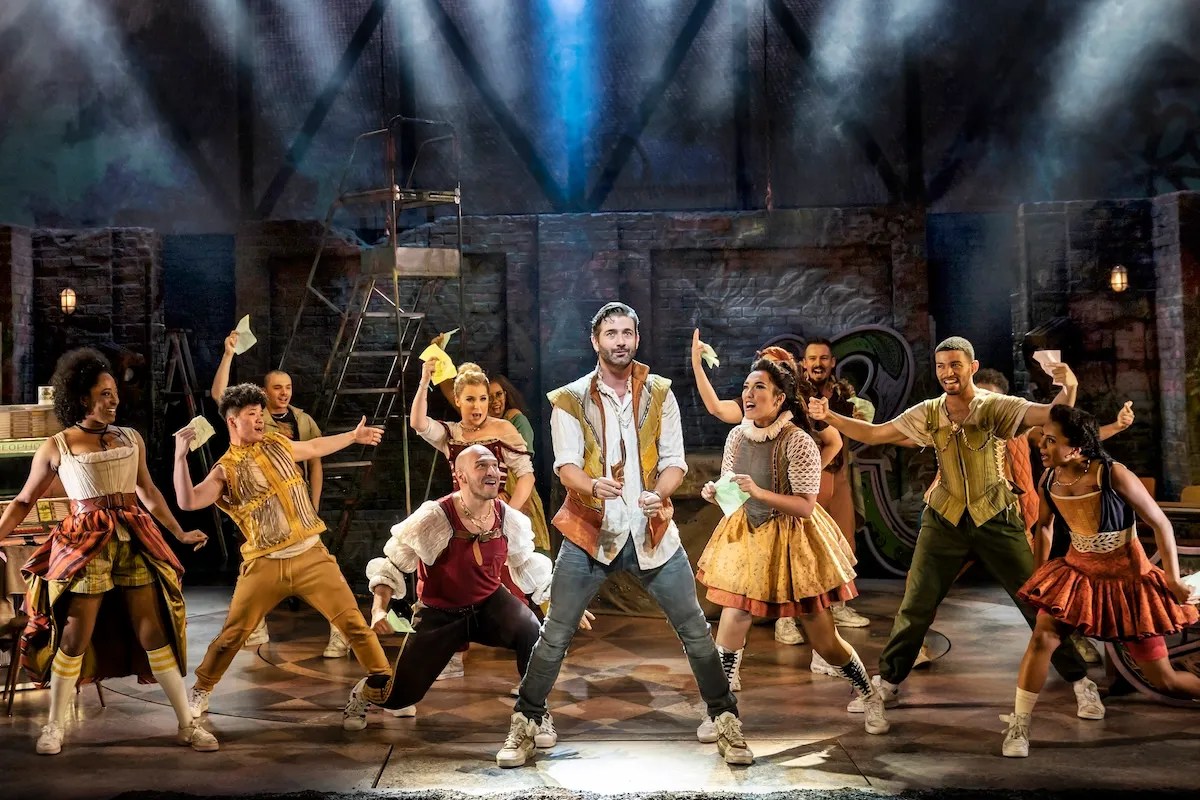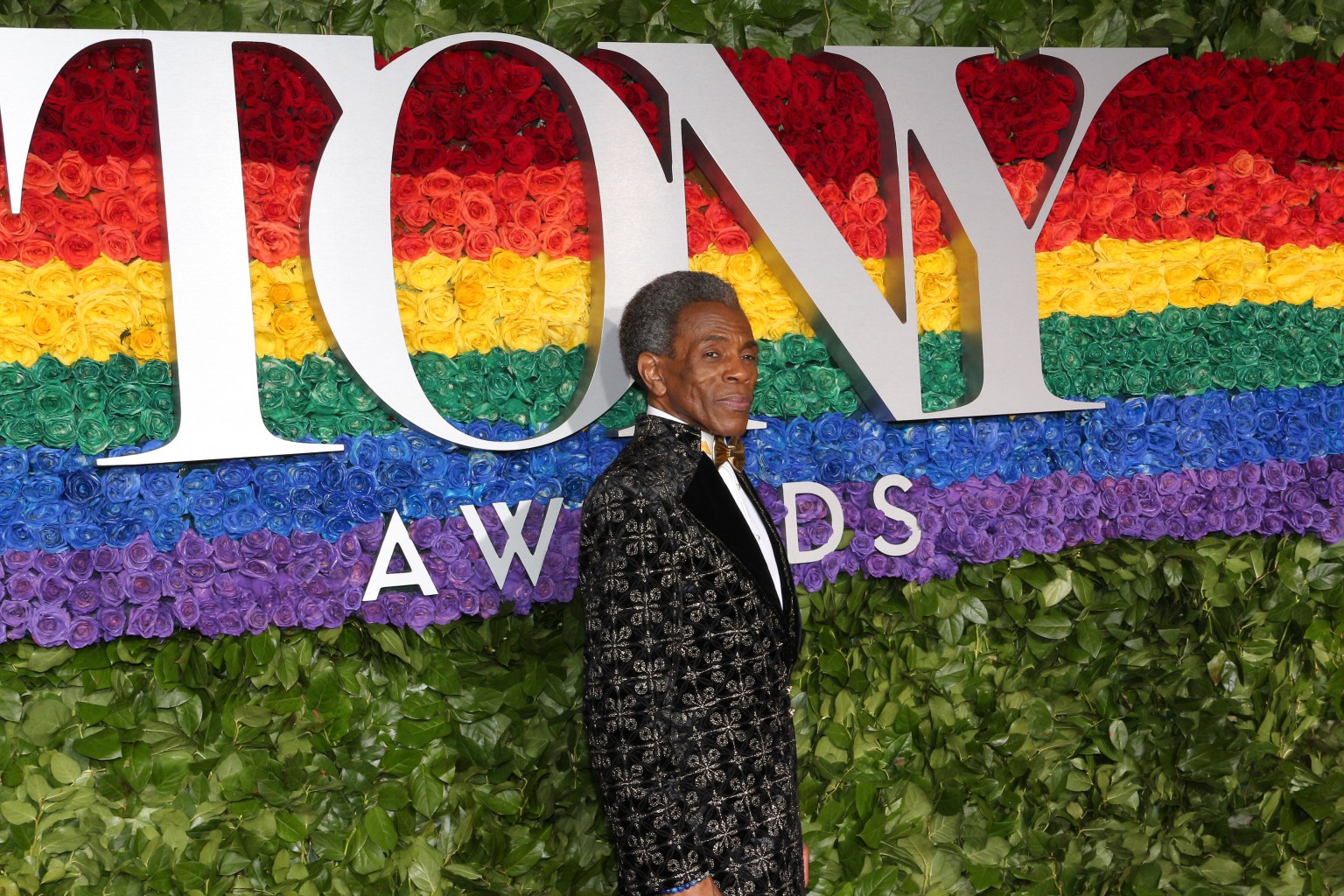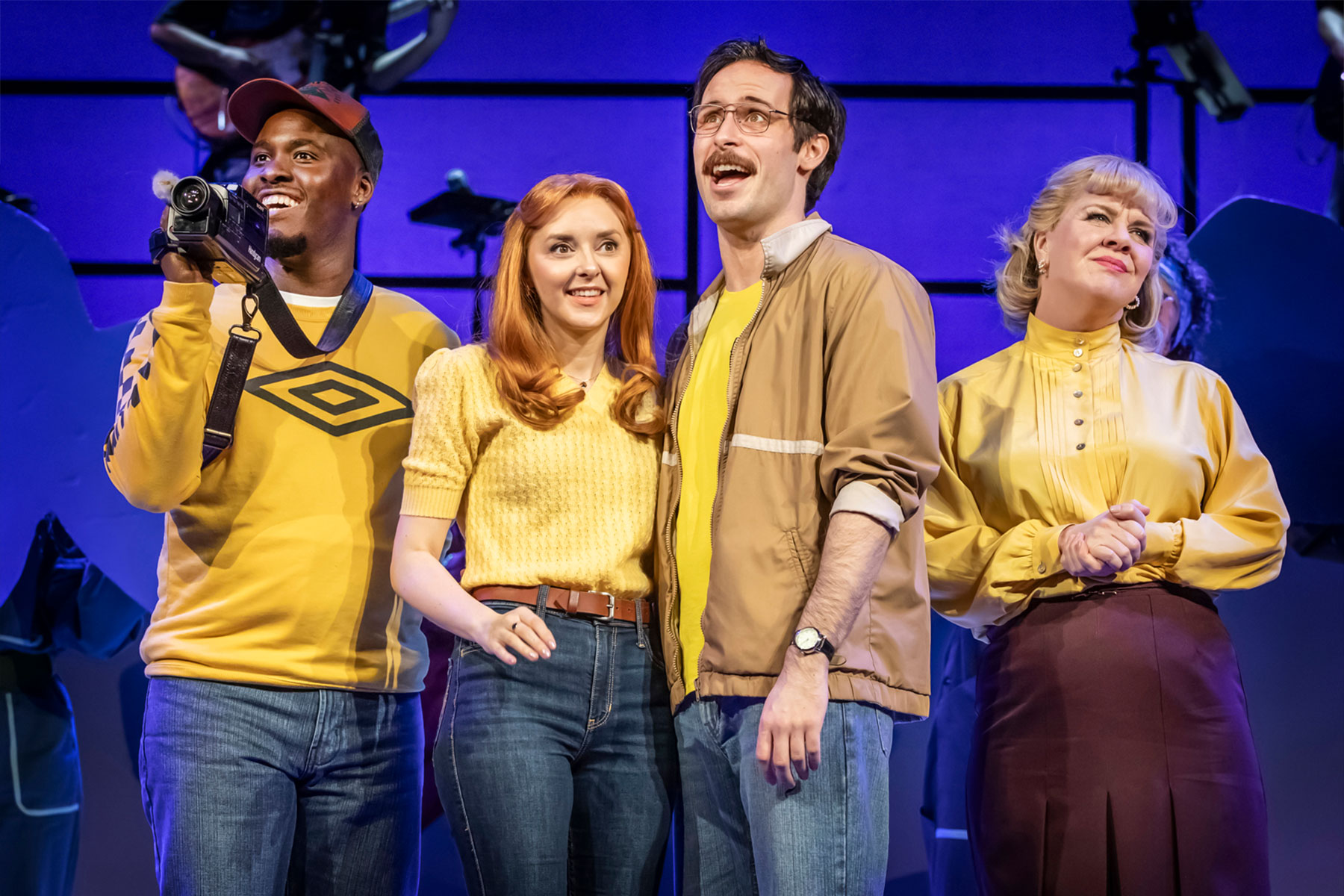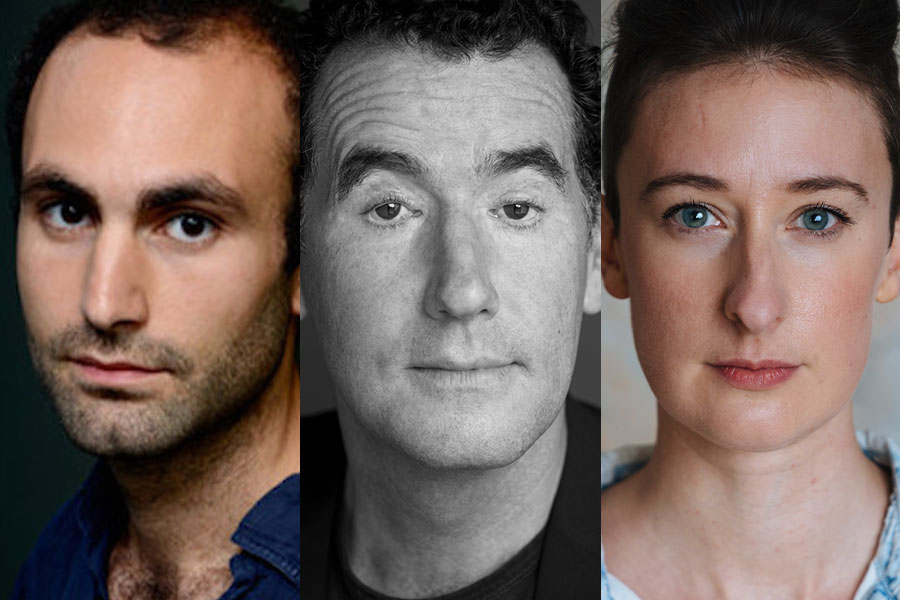La bohème
Yet this is an opera that can withstand and even benefit from intelligent reinterpretation. A successful director will uncover apt resonsances that reinvigorate the 1840 setting of the original tale. And is Kidd such a director? Yes – up to a point.
As Rodolfo, struggling playwright and hand-warmer to the gentry, Aldo Di Toro has tremendous presence. He sings and acts with weight, passion and some discreet Puccinian sobs, and there is no doubting the depth of this man’s love for the doomed Mimi. This is an outstanding interpretation.
The other top-class performance comes from Hye-Youn Lee. She sings superbly as the coquettish Musetta and brings life and depth to a role that is too often played in two dimensions. Her Marcello, Grant Doyle, has an attractive, loose-limbed quality but is vocally underpowered.
The same cannot be said of Linda Richardson’s Mimi, a full-voiced woman who is costumed so dowdily that she’d have been lucky if Rodolfo had tossed her a box of Swan Vestas and sent her packing. That’s one of the perils of updating to a lousy fashion era, I suppose. Richardson conveys precious little character during her Act One aria, Mi chiamano Mimi, and she is not helped by Kidd’s lack of interest in building a dramatic arc when directing this delicate scene. Mimi and Rodolfo are allowed to strike some nice poses, but nothing ever thaws in this particular garret.
Kidd and her designer, Colin Richmond, achieve some impressive flourishes within the confines of their modest space. The most notable of these is the swift transition from Act One to Act Two, achieved in a twinkling and rarely better done than here. Acts Three and Four fare less well within Richmond’s metal-frame environment, although paradoxically this is where all four principals come into their own. Richardson and Di Toro bring grace and vulnerability to Mimi’s death scene.
Robert Dean conducts incisively and the City of London Sinfonia is on splendid form throughout. Minor roles are uniformly well taken (there is a notable Schaunard from Njabulo Madlala and a pair of hilarious turns by Eric Roberts, doubling Benoît and Alcindoro) while the Chorus sings with energy and accuracy. Elaine Kidd’s direction of the ensemble numbers is patchy, in keeping with the production as a whole, but she earns full marks for the sequence in which a dozen impressionable schoolgirls are shepherded out of the Café Momus lest their ears be tainted by Musetta’s indecorous behaviour. A delicious moment; if only there were more like it.










